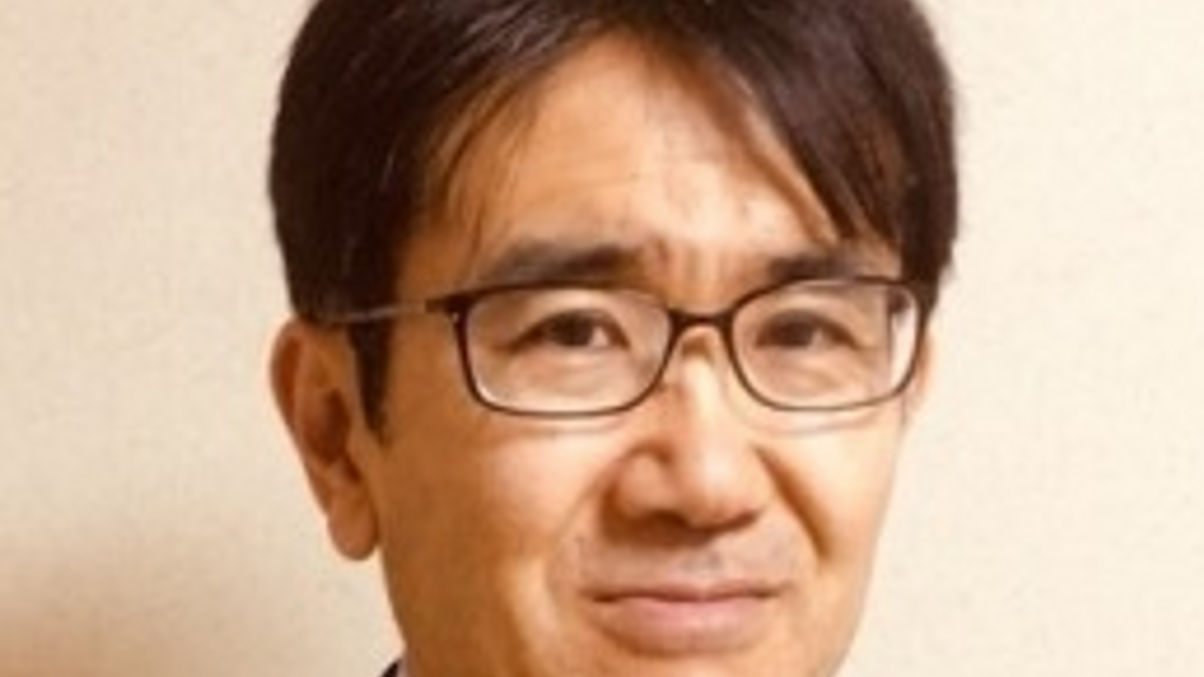Kewpie pension fund aims to raise long-term alts by 50%
The food manufacturer pension fund could raise its portfolio allocation into long-term alternative investments by 50%, its chief investment officer said.

Kewpie Pension Fund, with assets of ¥70 billion ($670 million), is to conduct a three-year revision of its investment portfolio by the end of this month that will likely see it raise its investment into long-term illiquid assets by about 50%.
Sign in to read on!
Registered users get 2 free articles in 30 days.
Subscribers have full unlimited access to AsianInvestor
Not signed up? New users get 2 free articles per month, plus a 7-day unlimited free trial.
¬ Haymarket Media Limited. All rights reserved.


